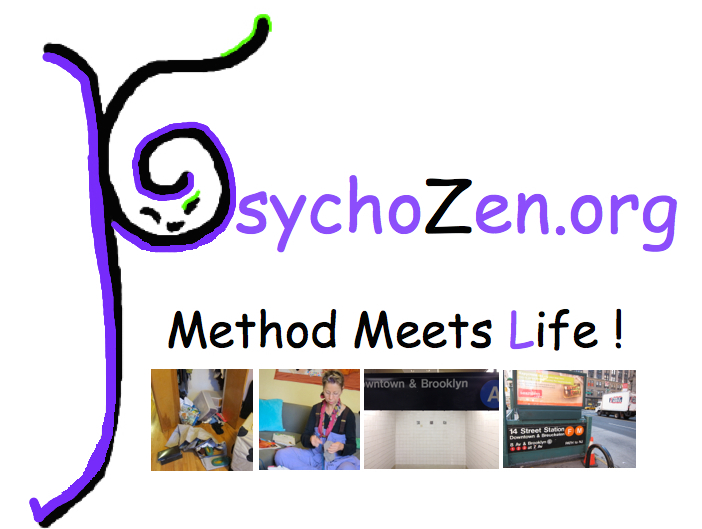What is Dis?
What is Dis?* Dis-ability. A lack of adequate power, strength, or physical or mental ability. Incapacity. A physical or mental handicap. So how does a cripple dance? And do you want to see her try? Don't stare. No, wait. Please do.
Have you heard? Disability is the new Black. Disabled dancing bodies are everywhere, and people are talking about it. Facebook-acclaimed New Mobility features "Physically Integrated Dance," and the brand new International Journal of Screendance investigates the "Spectacle of Difference." Dance Film and Dis Dance are coming of age together.  David Toole of DV8, photographed by Anthony Crickmay and John Cole
David Toole of DV8, photographed by Anthony Crickmay and John Cole
What is Dis? One of Dante's circles of hell, a walled city surrounded by a field of limbs of non-believers. Do you dare visit?
Don't dis me. "DisTHIS!" proclaims Lawrence Carter Long, as he introduces his so-named film series featuring disability: "No handkerchief necessary, no heroism required. This is disability through a whole new lens."
If there were ever a time when we needed a whole new lens, it would be now. Scapegoats and enemies multiply while we remain stuck in narrow vision, unknowingly replicating the very scenarios we rail against. What better way to open our eyes than to encounter a surprising body in our field of vision? What better way to get unstuck than to find movement in impossible places? As a disabled but (but?) dedicated dancer, I know how much creativity is required to get from point A to point B. I make translations and adaptations on the fly, staying aware of risk and pain.
You can divide Dis Dance into two approaches. In the first, disabled bodies are included but not featured, the way you might cast a black man as Hamlet without making a big to do about it. The audience might then find itself saying, "Look what she can do in spite of that leg." Or, simply “What astonishing mastery!” Or “What beauty!” when we see the lovely Lisa Bufano. Hamel Bloom, a wheelchair dancer, loves "The Rising Sun" as an exemplar of this inclusive approach: "For a change we have a disabled person represented as inspirational, not because he's doing something other than what most disabled people do, but because he loves life and he's a member of a dance crew where everyone else does too." Viewers are treated to a soft healing, a vision of a world where all are welcome.
In the other approach, disability is the main event, the Thing we look at, and there is danger along with potential for more dramatic healing. Here we play with words like Cripple and Gimp and Invalid to co-opt and transform insults, the way the wordNigger might be used to challenge an audience. Here we show you the missing stuff. David Toole, in “Cost of Living,” hops up onto the bar (a drinking bar not a ballet bar), so that his obvious lack of legs challenges us along with his provocative words. In Heidi Latsky's “Gimp,” dancers repeatedly circle shortened limbs, fall dangerously close to the audience, and tell jokes about "3 cripples in a bar." Bill Shannon takes his crutches and skateboard to the street to upend expectations about what a guy like that can do. These dancers invite us to look right at It, look right at this seeming distortion, this twist of nature. Look at what we especially can do. Don't write us off. Study us: we might have something to teach you. Cuddle us: we might be worthy of love.
Beware, though, there is anger under the covers. "Cripple" is an aggressive form of self-description, poet Lucia Perillo tells us, a swagger with a “tinge of pathos. If I tried to swagger, I would fall down.” It’s pretty hard to be cool when you’re falling. There is something unique about this intersection between defiance and obvious vulnerability; the audience is both challenged and softened. Invited in, squirming a little as the differences appear, then Dis-appear. Ahh, the enemy is us. The war is over.
*Orignally posted in the Dance Films Association Journal in Spring 2011.
 Crip People
Crip People 